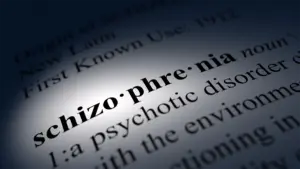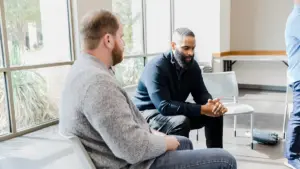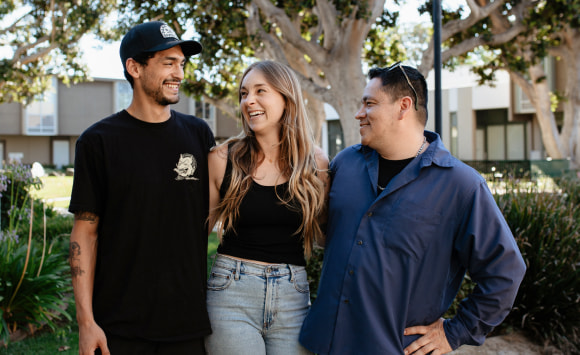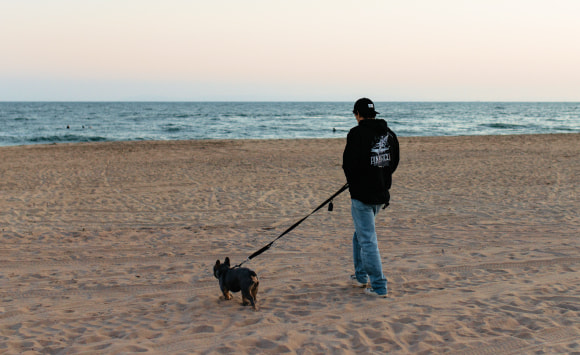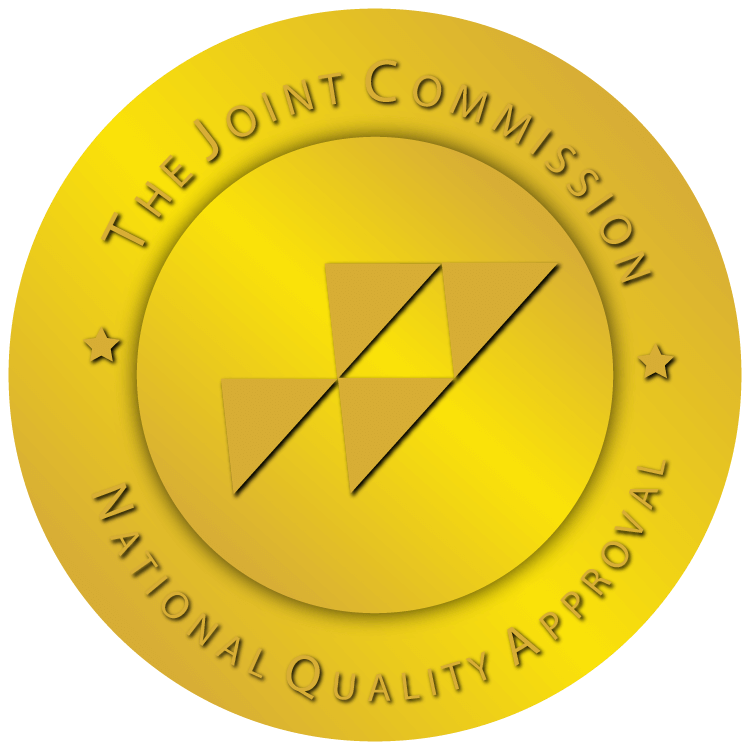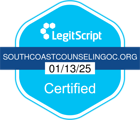Knowing what Post-Traumatic Stress Disorder (PTSD) looks like, what symptoms to watch for, and when to get help can greatly help your recovery.
If you or someone you know is struggling after a traumatic event, this information can help you understand what’s happening and show you where to turn for support.

What Is PTSD?
PTSD is a mental health condition that can happen if you have been through or seen something frightening, harmful, or life-threatening. This might be a single event or many events over time. Examples include things like abuse, serious accidents, natural disasters, war, or violence.
Not everyone who goes through a traumatic event gets PTSD. It’s less common than you might think. About 5 to 10 out of every 100 people who experience trauma develop PTSD.
There are two types of conditions related to PTSD:
- Acute Stress Disorder: This happens soon after the trauma, usually within the first month. It lasts a short time, but if symptoms last longer than a month, it might be PTSD.
- Complex PTSD (CPTSD): This can happen if you go through trauma that lasts a long time, like ongoing abuse or long-term violence. CPTSD includes the usual PTSD symptoms but also makes it harder to manage your emotions, feel good about yourself, and maintain relationships.
After a traumatic event, many people have symptoms like trouble sleeping, feeling anxious, or being on edge. These symptoms are normal at first. But if they last more than a month and start to make your daily life hard, it might be PTSD.
Common Symptoms of PTSD
PTSD symptoms usually show up within three months after the trauma, but sometimes they appear later and can last a long time.
Below are some common signs to look out for:
- Reliving the Trauma: You might have flashbacks, bad dreams, or scary thoughts that make you feel like the event is happening all over again.
- Dodging Reminders: You may try hard to stay away from places, people, or things that remind you of what happened. You might even avoid talking about it.
- Feeling More on Edge: You could feel jumpy, easily startled, or always on guard. It might be hard for you to relax or fall asleep. Loud noises or surprises may upset you more than they used to.
- Negative Thoughts and Mood: You might feel sad, numb, or hopeless. You may blame yourself for what happened or feel like the world isn’t safe. You could lose interest in things you once enjoyed or feel distant from people around you.
These symptoms are formidable and can make daily life feel overwhelming. You might also notice other issues happening at the same time, like feeling very anxious, depressed, or turning to alcohol or drugs to cope.
Who Develops PTSD?
Anyone can get PTSD: children, teens, and adults. It doesn’t matter how old you are. You can’t always control whether it happens, but some things can make it more likely.
If the traumatic event was terrifying, lasted a long time, or you were badly hurt, your chances of getting PTSD go up. Some events, like fighting in a war or being sexually assaulted, can raise the risk even more.
Your personal history also plays a part. If you’ve been through trauma before, or if you’re younger or female, you might be more likely to develop PTSD. What happens after the trauma also matters.
If you’re under a lot of stress or don’t have people around to support you, PTSD can be harder to avoid. But if you have strong support from friends, family, or a community, that can help protect you.
Knowing When to Get Professional Help
It’s normal to feel upset after going through something traumatic. But if you’re still feeling scared, angry, or on edge for more than a month, and it’s making your life harder, it may be time to talk to a doctor or mental health professional.
PTSD used to be grouped with anxiety disorders, but since 2013, the American Psychiatric Association has listed PTSD under trauma and stress-related disorders. That’s because PTSD is caused by trauma, something that deeply shocks or harms you.
PTSD can also connect to other mental health problems. You might feel very anxious, sad, or hopeless. Some people turn to drugs or alcohol to numb the pain, which can lead to addiction. Others may stop caring about things they used to enjoy or struggle to feel close to family and friends.
If your symptoms are keeping you from living your normal life, if you’re having trouble sleeping, avoiding people, or thinking about harming yourself, it’s important to get help. Talking to a doctor, counselor, or therapist can help you feel better. PTSD is treatable, and you don’t have to face it alone.
How PTSD is Diagnosed and Managed
If you think you might have PTSD, the first step is talking to a doctor or mental health professional. They will ask you questions about what happened, how you’ve been feeling, and how your symptoms are affecting your daily life.
To be diagnosed with PTSD, your symptoms need to:
- Last for more than one month
- Cause a lot of stress or problems in your daily life
- Be linked to a traumatic event you experienced or saw
The doctor may ask about sleep, mood, thoughts, and how you handle stress. This helps them understand what’s going on and how to help you.
Once PTSD is diagnosed, there are different ways to manage it. You might try one or more of the following:
- Talk Therapy (Counseling): This helps you work through your thoughts and feelings in a safe space. A type called Cognitive Behavioral Therapy (CBT) is often used. It helps you change negative thoughts and feel more in control.
- Medication: Some people take medicine to help with anxiety, depression, or sleep problems linked to PTSD. Your doctor can help you find the right one.
- Healthy Habits: Getting enough rest, eating well, exercising, and avoiding alcohol or drugs can help your body and mind heal.
- Support from Others: Talking to friends, family, or support groups can remind you that you’re not alone.
PTSD doesn’t go away overnight, but with time, care, and the right support, things can get better. Reaching out for help is a strong and important first step.
Where to Find Support and Assistance
There are people and support services ready to help you feel safe, understood, and supported.
You can start by consulting with:
- Your doctor: They can guide you to the right care or connect you with a mental health specialist.
- Therapists or counselors: These are trained professionals who can help you work through your trauma and emotions.
- Support groups: Talking with others who’ve been through similar experiences can help you feel less alone.
- Friends and family: Even just having someone listen can make a big difference.
You can also look for help in your community. Some organizations offer low-cost or even free counseling services. Hotlines are available 24/7 if you need someone to talk to right away.
If you’re not sure where to turn, South Coast Counseling offers caring, professional support for people struggling with PTSD and other mental health challenges. Our team understands what you’re going through and can help you take the next step toward healing.
OceanRock Health is another great resource, offering a safe and welcoming place to begin your recovery journey. Whether you need therapy, guidance, or someone to talk to, we’re here to help.




